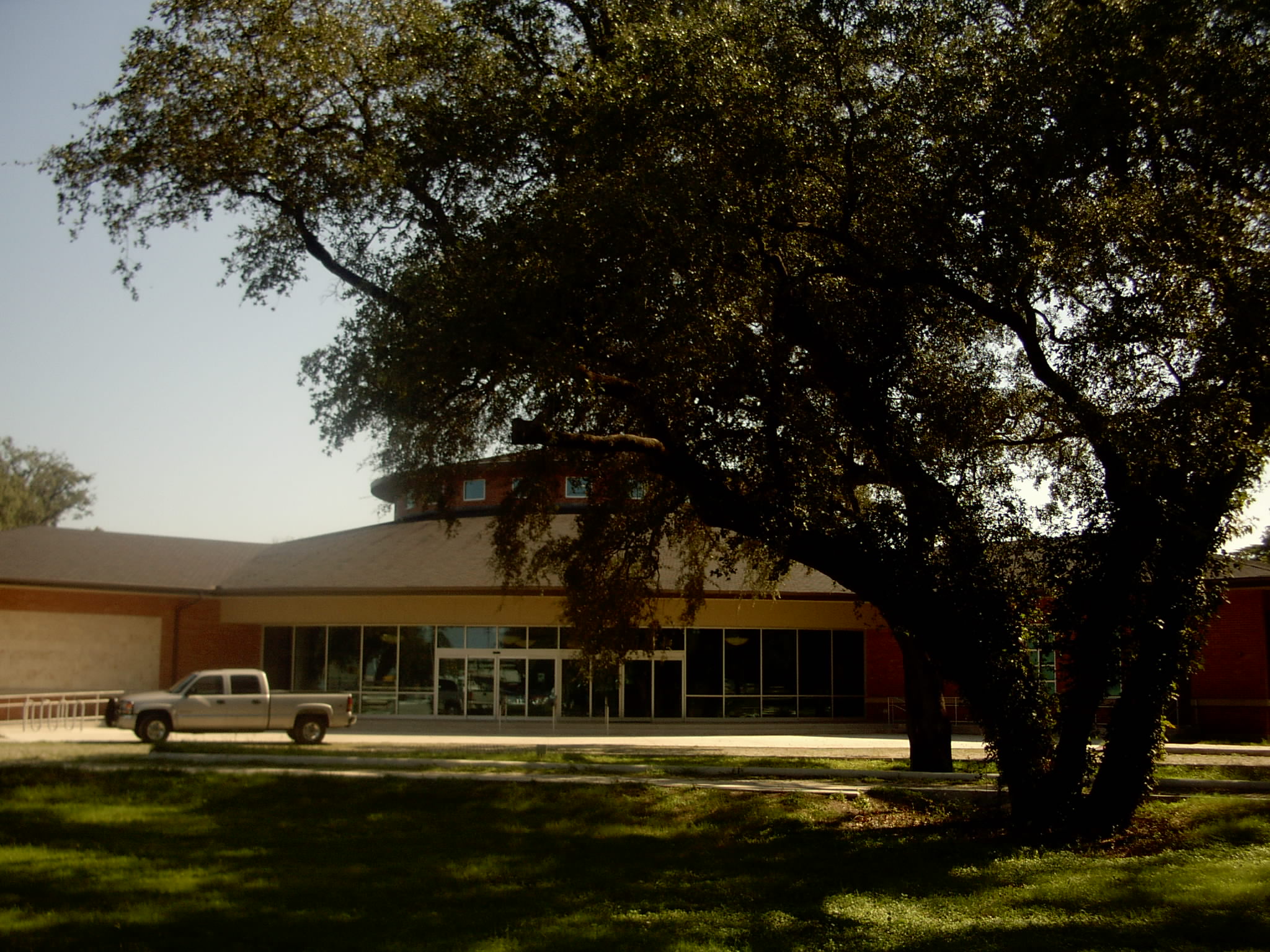
Interview With Nancy Feely
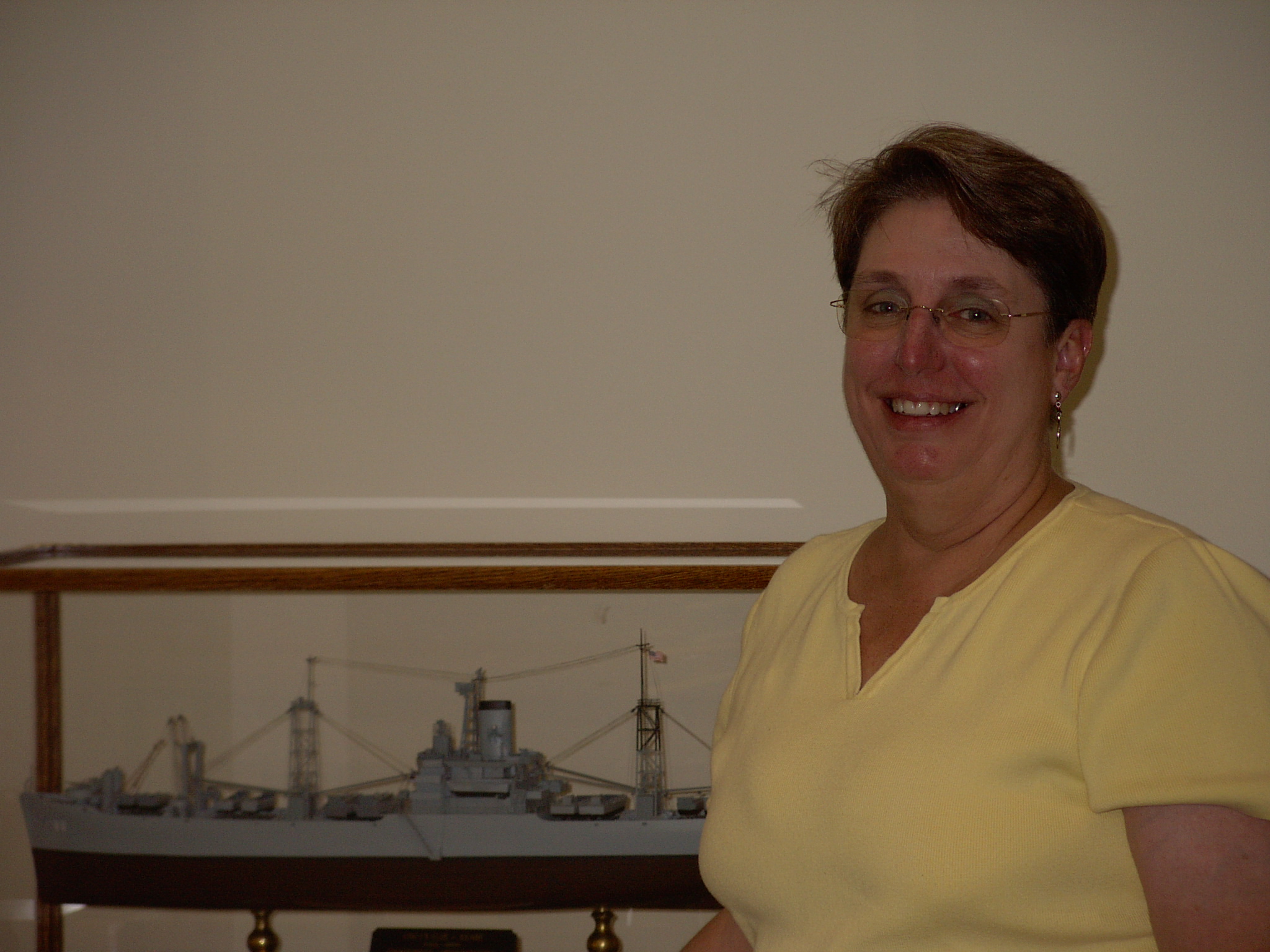
I am in Uvalde, Texas, at the El Progreso Memorial Library. Ms. Nancy Feely was gracious enough to agree to be interviewed . Ms. Feely is a descendent of one of Uvalde’s founding families, Wm. Haskell Pulliam.
Mildred: Where were you born, Nancy, were you born here in Uvalde?
Nancy: Yes, I was born here in Uvalde, on April 26, 1951.
Mildred: How far back can you trace your family roots here in Uvalde?
Nancy: My paternal great-grandfather, Wm. Haskell Pulliam, came to Bexar County from Collin County in the early 1840's. He moved to what is now Uvalde County a few years later. His son, Needham Bowles Pulliam- my great-grandfather, was born in Uvalde on May 20, 1857- one year after Uvalde County was organized.
Mildred: Does your family go as far back as some of the first settlers in Uvalde?
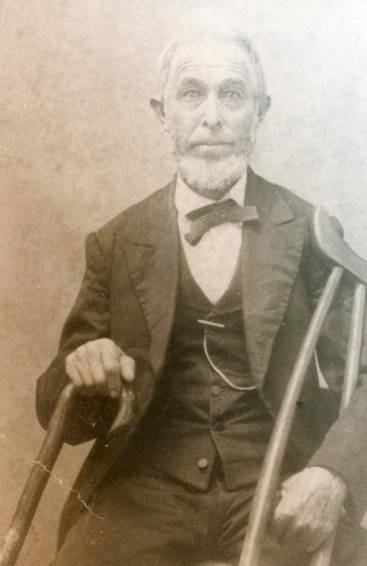
Nancy: Yes, my great-grandfather’s sister, Elmira Pulliam, came with her parents Mr. & Mrs. Wm. Haskell Pulliam to Ft. Inge, -two miles south of Uvalde-in 1851. Ft Inge was established in 1849 as a Cavalry Post to protect the southern road from San Antonio to Uvalde, to California and to protect those settlers from the Indians. She was reportedly the first white woman in the Nueces Canyon to make her home there.
Mildred: Did your parents attend school and church here?
Nancy: Yes, my father Fred J. Horner, Jr. was born here in 1913. He attended school here in Uvalde, from 1st - 12th grade. He also attended church at the First Baptist Church which his grandfather, N. B. Pulliam helped establish. My mother moved to Uvalde from Karnes City when she was seven years old. Her name was Avie D. Spangler. She also went to school in Uvalde and went to the Baptist Church.
Mildred: Is that Baptist Church still standing? Is that one of our historical buildings here?
Nancy: The church is not standing; it was a wooden structure that faced Oak street. There is a two story structure that faces High Street now that is used as a fellowship hall and Sunday School. It is the church that replaced the wooden structure they worshiped in. And than there’s another church that was built in 1962 that people are now using to worship in. They went to all three sanctuaries, but there are two out of those three still standing. The school that my parents attended is still standing.
Mildred: Is your family home still standing?
Nancy: Yes it is, as a matter of fact, it's right across the street from the library. Parts of the house was built in the 1880's. and later other parts were added. My great-grandfather & mother lived there as did my grandmother, her brother & sisters. My parents bought it in 1951, a month before I was born. My boss, the director of the library, lives there now.
Mildred: What did most people do for a living in Uvalde in your parents day?
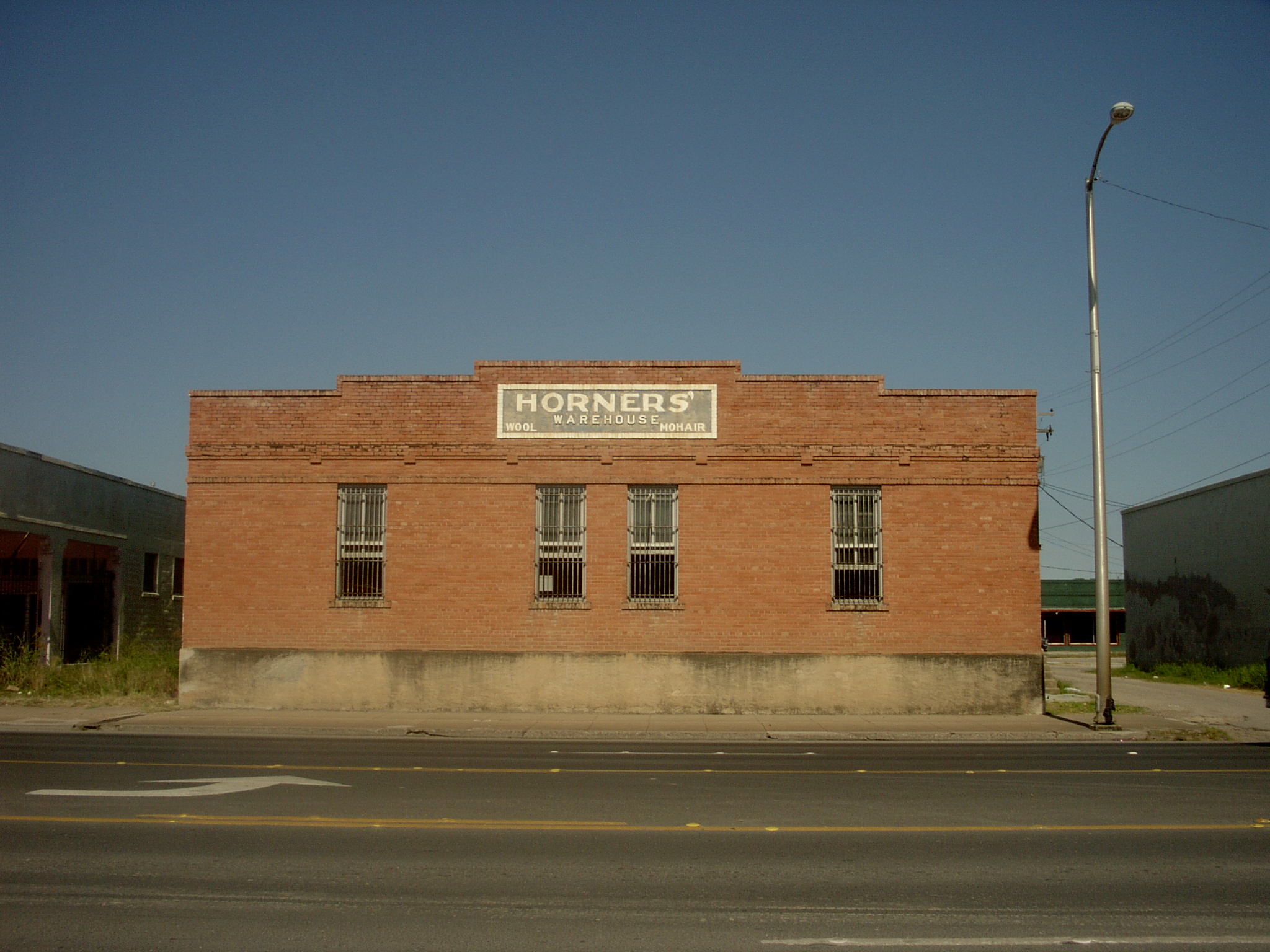
Nancy: Most people in Uvalde were involved in agriculture when my parents were growing up. There were a lot of people who had farms and ranches here, they had places out in the country and than some of them had homes in town as well as in the country. There were three woolen mohair warehouses in town. My dad worked in a family business that his grandmother and his father and aunt owned. It had a woolen mohair warehouse attached to it. It also had a private bank because of the way the mohair was traded. It was a general mercantile store, it had a dry goods section with clothing, and fabric and that type of thing. It had a grocery section, and a hardware section. In the early days, it had a kerosene pump, where people could get kerosene for their homes or to take out for their lanterns out in the country and it was located on the square and the plaza downtown actually has a historical marker on it and our store is right next to that. The plaza was actually a wagon yard and people would come into town and they would park their wagons there and actually spend two or three nights in a row there. Our store is still there and we still own the woolen mohair warehouse that is behind it. But yes, agriculture is still the major economy, but we are seeing some changes.
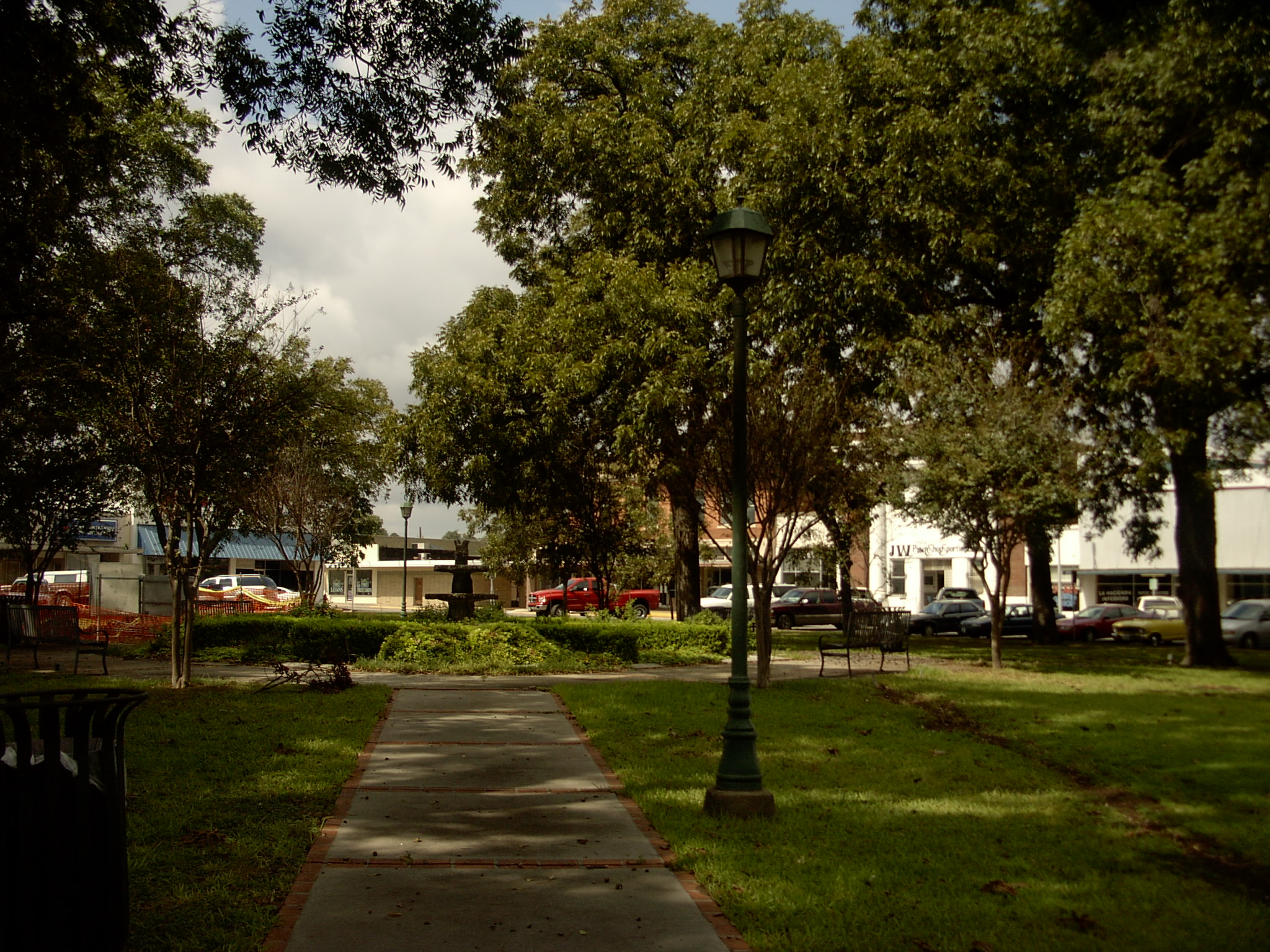
Mildred: Do you know or recall any “stories or legends” about Uvalde?
Nancy: One of the things that many people don’t know about Uvalde is that Uvalde is built on top of a cave. You know, we are a big part of the Aquifer out here and the city is actually on top of a cave and my daddy used to go in it. One entrance was by the golf course and one was over by South High Street just a few blocks from here. Those entrances are sealed up now.
Mildred: Does Uvalde have a local ghost?
Nancy: I don’t know if there is a “town ghost.” I do know several people who think there are ghosts in certain buildings in town. One of them is the house across the street from the library. It’s the two story house across the street from the library, and the owner is a friend of mine; she and I used to teach together, and she has three children, and her little boy says that he has seen the ghost. They have all felt like things have been moved or changed and that type of thing, but he has actually said that he has seen the ghost. This library was a 5.6 million dollar project to have this new building and we are a 501c3 non profit, most city libraries are owned by the city or county, and actually we are a non profit corporation, so we had to do everything possible to raise money to build this building, so the Uvalde Historical Commission Incorporated that was partners with the library board on the project instituted a ghost tour and our ghost tour is coming up and what we do is we meet on the plaza and we do it on a week night and on a week-end night. I think this year it is on Oct. 18-22, and we meet on the plaza and we sell you your tickets, but instead of receiving a ticket you get a night necklace that glows in the dark and then we have tour guides that are well versed in the history of this area, and we have actors in the plazas to reenact stories, of course, we do the traditional stories like “La Llorona” and things like that. The stories that people like the best are things that are local incidences, so during the year we look for local history and then we retell some of those stories. We’ve had some murders, shoot-outs, and hangings. We have the account of a man in a book and the newspaper that was staying out at a ranch one time with a friend, and they were camping and a rabid fox came into the tent and bit him in the leg and he caught rabies eventually, and because he knew what happened to people that caught rabies, he went to the jail and asked to be locked up in a padded cell. Those can turn into real scary stories. We have an 1890 opera house and there are some real bizarre things that’s happened there and so different directors have said that they really feel like there’s an opera house ghost, but you need to come to our ghost tour and find out about our local ghosts.
Mildred: If I wanted to move to Uvalde, but was undecided, how would you convince me to move here?
Nancy: I would certainly point out economic features of our community, such as a moderate cost of living, low unemployment, the educational facilities, including SWTJC [Southwest Texas Junior College] and Sul Ross Rio Grande College, the upscale medical facilities, and amenities such as the library, archives, museum, adult activity center, cleanliness of the community, etc. I would introduce you to the people and let you experience one of Uvalde’s greatest assets- its hospitality.
Mildred: What are some good features about Uvalde that I should know about?
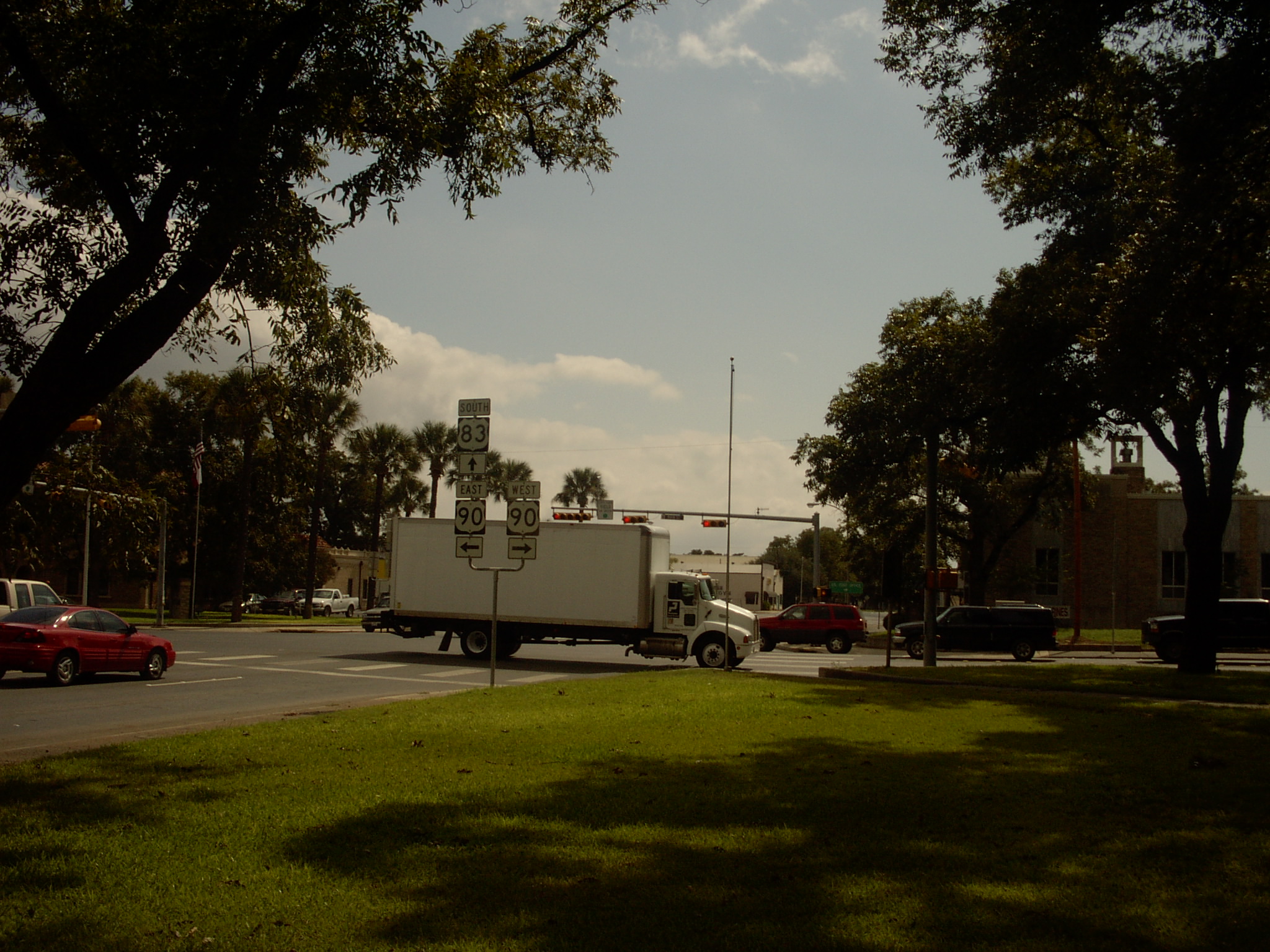
Nancy: Uvalde is a crossroads in this part of the state. In fact, I don’t know if you are aware of it, but in the center of town, where the courthouse, city hall, post office, and the plaza are, that intersection, right there, is the intersection of the two largest highways in the United States. It goes from Florida to California, Highway 90 does, and Highway 83 goes from Canada into South America, and really Uvalde has always been a crossroads, not just literally like that particular geographical crossroads, but this has always been a trade area, where people always come and shop, but its also a medical center. We have a great hospital here, its very modern. Part of our sales tax goes to our hospital district. We have doctors that come from San Antonio and have specialty clinics within the hospital as well. We have amenities, such as the library, and for a town of 15,000 to have a 35,000 square foot library that also has an archives and a museum is pretty impressive. Uvalde is a pretty hospitable town. I think that the people that were here recently with hurricane Rita would tell you that. People in the grocery stores, the super Wal-Mart, the library, city and county offices, all went out of their way to assist those people and we always say “if we can get people here, we can keep them.”
Mildred: What do you like about Uvalde?
Nancy: What I like about Uvalde is that it’s a growing community but still has a small town appeal. Most people know each other and you are called by name when you go in a store. It is a beautiful town with a great climate. It is located on the edge of the most beautiful part of the hill country. There are more miles of clear running water than any county in the state. It has a great history-famous personalities-John Nance Garner, Dolph Briscoe, Dale Evans, Dana Andrews, Matthew McConnaughey, Newton Boys, Palominoes. Uvalde has always had visionaries-Reading Black-town layout, keeping railroads out of downtown but having a street railway system, opera house, library, museum, archives. Dual culture, best of both worlds in customs, holidays, and food.
Mildred: If I was going to spend a week in Uvalde, what would you recommend I do while I was here?
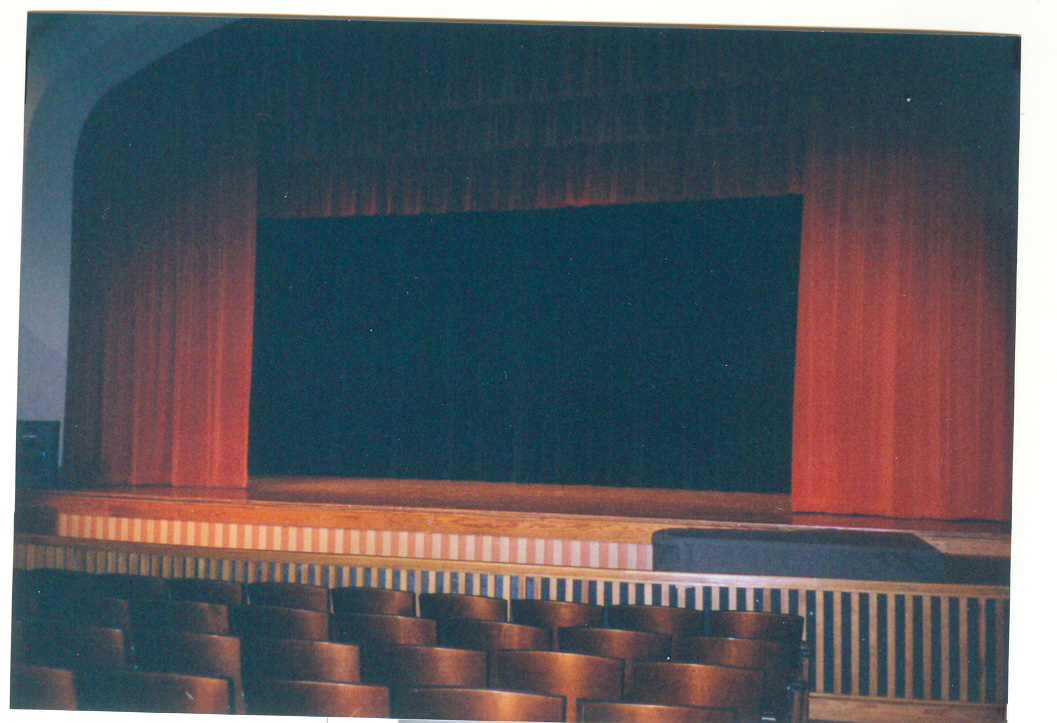
Nancy: There’s a lot for you to do here. We have an opera house built in 1891, that is on the plaza downtown, and when you think of an opera house being in Uvalde in 1891, that’s really remarkable, because at that time there were less than 2,000 people that lived in the county, and so for a community to build a structure that would hold 400 people when there were less than 2,000 people that lived in the county, they really thought they were very cultured, to want a facility like that. Actually, our opera house is three years older than the opera house in Galveston on the Strand. At the time that Galveston built their opera house in 1894, Galveston was the 3rd largest port in the United States. Uvalde wasn’t on the edge of the frontier in 1891, it was the frontier, and so for a wild west community to view themselves that cultured, is really something and it’s a lovely building. It was restored in the late 1970's and early 1980's and that would be something worth seeing. I would also suggest that you go visit the home of Vice President John Nance Garner. When his wife died he gave their home to the city of Uvalde and a few years ago the city gave the museum to the University of Texas and is run by the Center for American History at U.T. They have recently redone the building and have put in new exhibits to tell about the life of John Nance Garner as Vice President of the United States. He’s one of the few men that held both the Speaker of the House Office and the House of Representatives, and of course he was the President of the Senate as Vice President. He had quite a long political career, he died just short of his 99th birthday. At the First State Bank building where Gov. Dolph Briscoe is the majority stock holder, they have a magnificent art and antique collection. There are Gainsborough’s and Rembrandt’s and different fabulous paintings hanging all over the walls. He has a fine collection of western sculptures that have been done by Remington and some of those people. The entire bank is furnished with Victorian antiques and with Persian rugs and if you go over to the bank, they’ll give you a tour of the art collection. Interestingly, there isn’t a single guard in the bank. It's probably one of the better art and antique collections anywhere in this part of the state and that’s something you don’t want to miss.
Mildred: Do you think the founding families of Uvalde would be proud of their town if they could see it?
Nancy: Yes, we have maintained the beauty of the town-wide streets, beautiful trees, cleanliness, growing businesses-sprawling but we have maintained a viable downtown, safe, quality of life, patriotic, church-going.
Mildred: Do you think Reading W. Black would change anything about Uvalde if he could come back to live among us?
Nancy: He would encourage the town to retain its unique features rather than continue eastbound growth which resembles “any town” USA.
Mildred: Is there a historical place or monument in Uvalde that most tourists don’t know about?
Nancy: There are nine historical markers downtown (ex-wagon yard), petrified wood monument to Reading Black in Pioneer Cemetery, Veterans Monument in Memorial Park, historical marker-Pat Garrett.
Mildred: Do you know if there are any descendants of Mr. Black living in or around Uvalde?
Nancy: Yes, Billie J. Cooper.
Mildred: Are there any descendants of the first founding families living in or around Uvalde?
Nancy: Yes, I’m one.
Mildred: Is there anything else you would like to say or add to this interview?
Nancy: Yes, let me just touch on the race question. I think what you saw in the early days of Uvalde is that it took everybody to survive and the people that lived here were predominantly Hispanic and Anglo. There were very few black families that were in town, but there were a few. They had a separate school for them. The Uvalde public schools voluntarily desegregated in 1958. But the Hispanics were already going to school, it was the blacks that were allowed to come into the schools in 1958. In 1969 the La Raza movement was very prevalent and the Crystal City schools experienced a walk out in 1969. That was the year I graduated from high school here. The high school Hispanic students were encouraged to walk out in Uvalde as well, they did not. But they did in 1970, the next year. I think that that is something that caused a real division in the community. I think what’s happened now, 30 years plus on the other side of that, hopefully, we’re better than what we were then and we’ve gone back to that spirit of “it takes all of us to survive” in the early days, and I think that the division you’ll see in the community both in the schools and socially are no longer drawn along socio-economic lines. My class had more Hispanics graduate than Anglos, my class was the largest class that graduated from high school and it was the first class that more Hispanics graduated than Anglos. I’d say that more than 80 percent of my class are professional people. The kids that I grew up with all went to college, whether they were Anglo or Hispanics. That was not the case of when my parents grew up in Uvalde. The Hispanics hold a lot of offices in places of leadership in the community today and we still have a very, very small black population, but again those that live here are professional people by and large, but I think basically what divides people today is the “haves” and “have nots” and it's not necessarily a racial thing.
Nancy: The question about technology. Technology that I’ve seen change in my life; I was a public school teacher for 30 years and I started teaching in the same schools I went to, without air conditioners. I’ll never forget the happiest day in my life was when the PTO bought us an oscillating fan per room, which we thought we’d died and went to heaven. Then they air conditioned the schools and of course I remember doing grades by long hand. You know, I had 160 students. I may have had 30 grades in six weeks. I did all of that on paper and than we went to the very first calculator that was huge, and had like a ywo foot card, and when I left teaching I was putting grades in the computer and the computer was averaging the grades for me. So I think that technology has changed everything. In the agriculture field, everything that was done by hand, by and large, is done by machine today. In water conservation, when I was growing up, the farmers that I knew had to go out and change irrigation pipes. Today they have programed pivot system, you know, that’s on the computer. So technology has changed everything, thank goodness, and its great when it works.
Mildred: Well Nancy,I really appreciate your time and I have really enjoyed talking with you and listening to you. Thank you very much.
Nancy: You’re welcome, there is one thing I’d like to say though, about what might happen in the future. As you’ve seen coming in from San Antonio, where the new Wal-Mart starts all the way into downtown where the courthouse is, it looks like any town USA. You look at the streets, you look at the businesses that are there, and you could be anywhere, in San Antonio, anywhere. What makes Uvalde unique is the look that its had in the downtown area and we’re getting ready to start a 83 highway project, its going to redo the road going through town but part of that is going to be a beautification project, the good thing about Uvalde, we have been able to maintain our downtown businesses in addition to the growth in outlying areas. But we have just been named a visionary community by the Texas Historical Commission, and starting in January, we’re going to work on a planning process to make sure that we retain through educating people about preservation, the old homes, the old businesses, the good look that Reading Black set out and the people that came after him, so that our whole community doesn’t turn into “any town USA.”
Mildred: Thank you very much.
Nancy: You are welcome.